The Milky Way is an unfathomable 13 BILLION years old! It started to form about 800 million years after the Big Bang.
The Milky Way is home to planet Earth, up to 100 billion planets, and around 200 billion stars!
The Earth is located in the Goldilocks Zone of our solar system, meaning it's far enough away from the sun not to be too hot, but close enough that the Earth isn't completely frozen. Luckily for us, the Earth is also in a prime position in the Milky Way for life to survive. Orion's arm is about 25000 light years from the centre, keeping us away from dangerous radiation levels and exploding supernovas.

Facts about the Milky Way
The Milky Way is a spiral galaxy.
A galaxy is a massive collection of stars, dust, gas and dark matter held together by gravity.
The Milky Way is about 100,000 light-years across.
At the centre of the Milky Way is a supermassive black hole called Sagittarius A*. Luckily for us, our solar system is about 27,000 light-years away.
One of the biggest stars in the Milky Way is a hypergiant star called VY Canis Majoris. It's thought to be around 250000 times more luminous than our Sun.
Earth is located in the inner rim of the Orion arm of the Milky Way.
The next closest large spiral galaxy to Earth is the Andromeda galaxy.
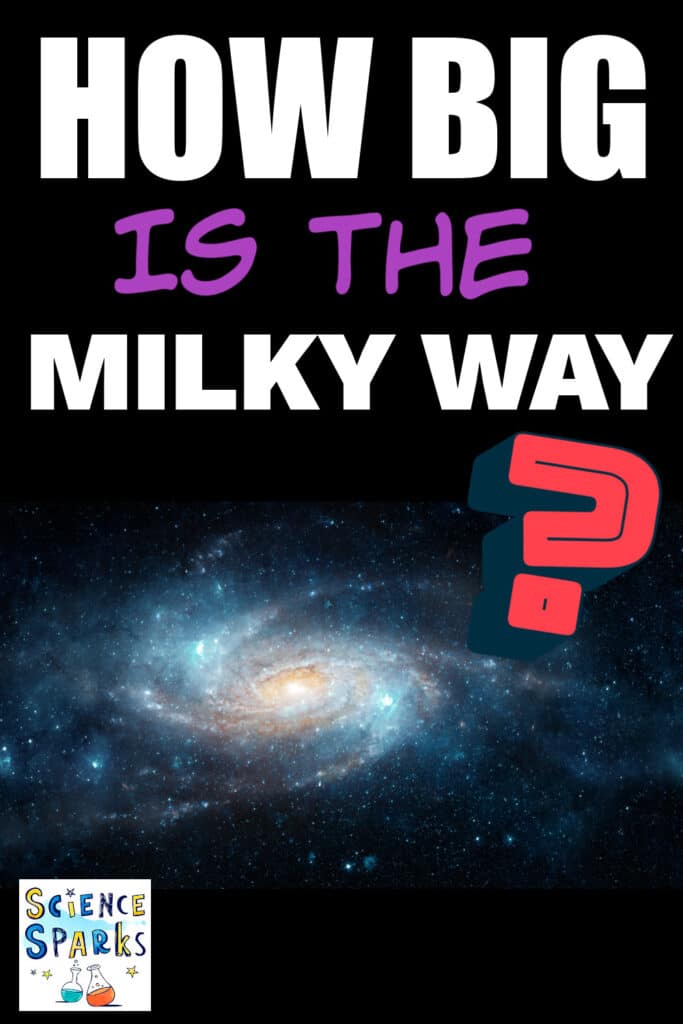
Don't forget to take a look at my other Big Science Questions!
Last Updated on March 10, 2025 by Emma Vanstone
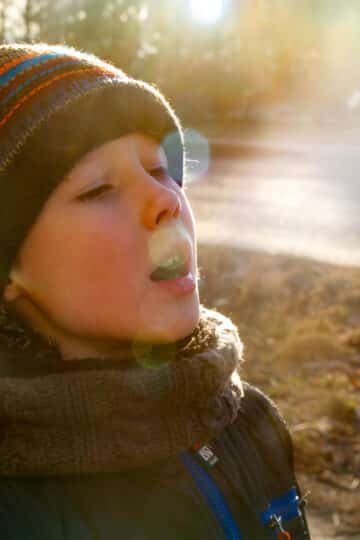
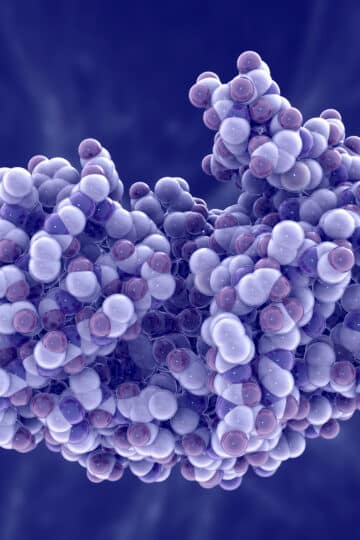
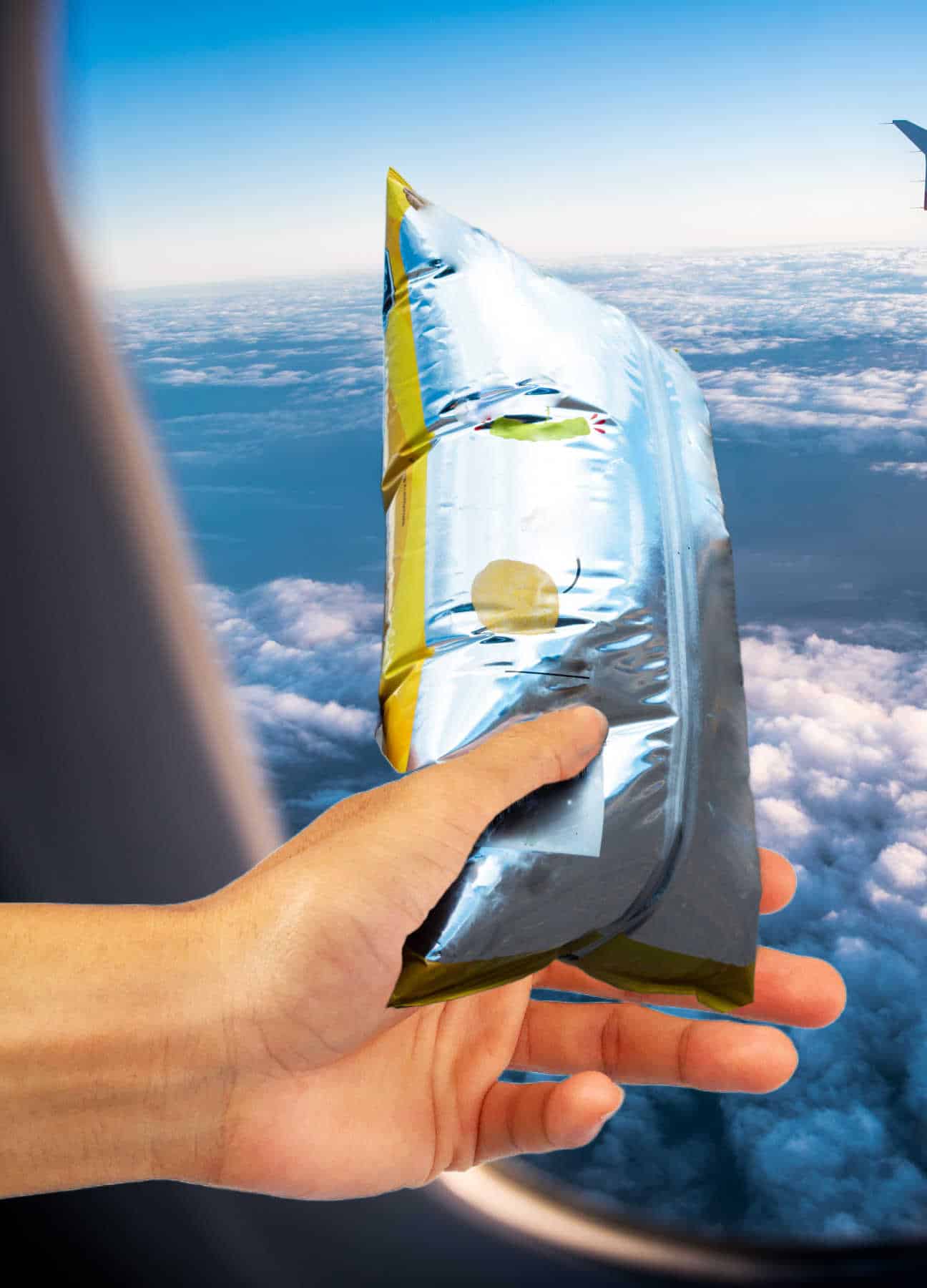
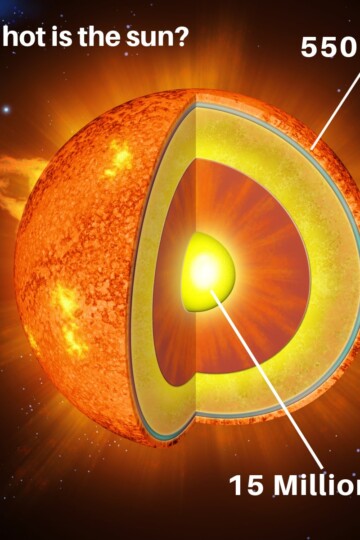
Leave a Reply